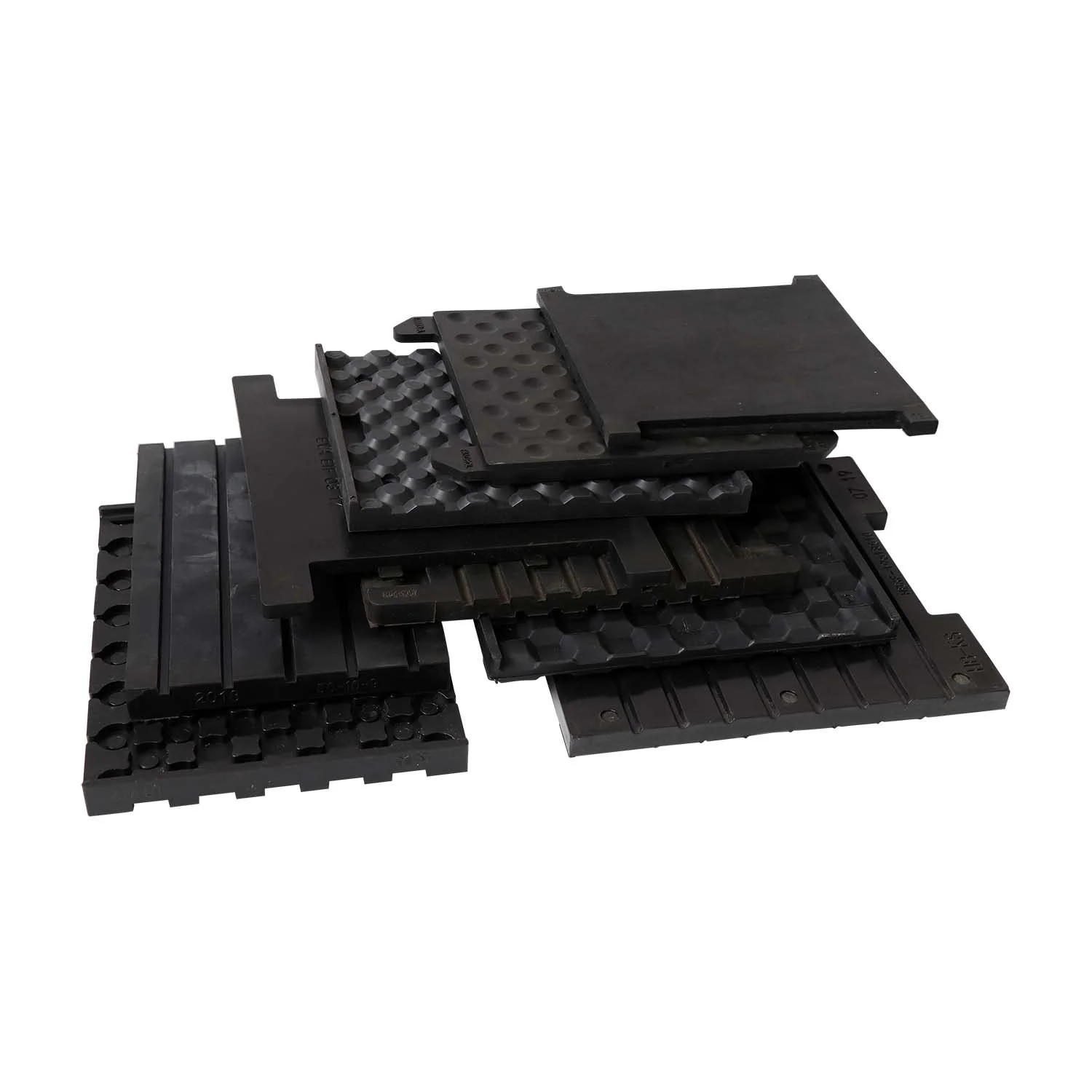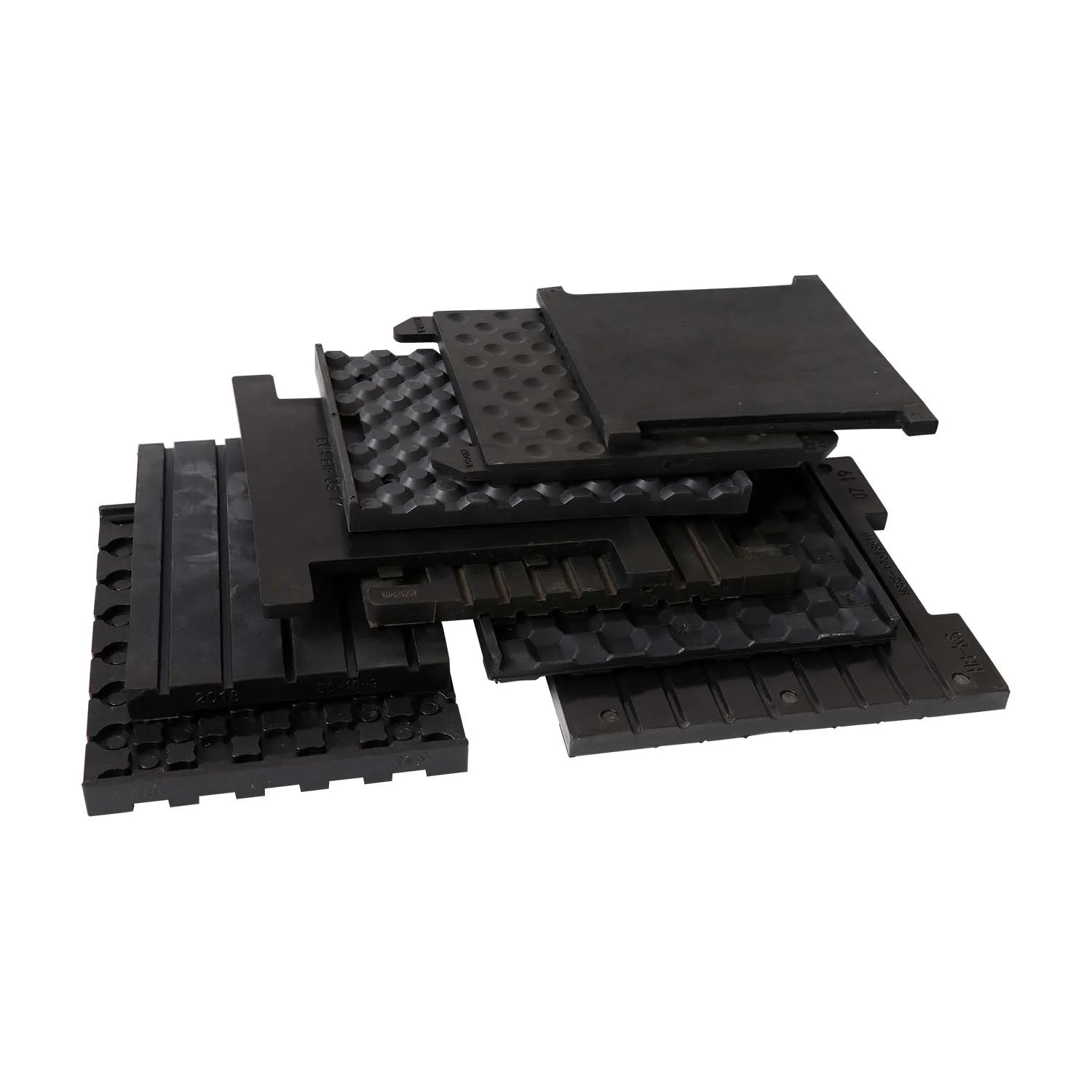In the intricate world of railway engineering, every component plays a crucial role in ensuring the smooth, safe, and comfortable transportation of passengers and goods. Among these components, Rail Pads, often overlooked, are indispensable for maintaining the integrity and performance of railway tracks. Rail pads made of high-performance materials can effectively absorb the huge impact force generated by the operation of the train and reduce the transmission of vibration to the ground, thereby ensuring the smooth and safe operation of the train. In addition, these innovative rail pads also have excellent weather resistance and wear resistance, and can maintain excellent performance even in extreme weather conditions and long-term heavy-load operations.

What Are Rail Pads?
Rail pads are elastic polyurethane mats strategically placed between steel rails and tie sleepers. These mats serve as a buffer, protecting the sleeper top from wear and impact caused by the constant movement and weight of trains. Their design and material choice are meticulously engineered to meet the rigorous demands of railway operations.
Key Features and Benefits of Rail Pads
Elasticity and Durability
Rail pads are constructed from elastic polyurethane, a material renowned for its resilience and durability. This material's ability to return to its original shape after deformation is crucial in absorbing and distributing the forces exerted by trains. It ensures that the rail remains stable and in close contact with the sleeper, even under extreme vertical movements.
Protection Against Wear and Impact
One of the primary functions of rail pads is to shield the sleeper top from wear and impact. Over time, the constant passage of trains can cause significant damage to the sleeper, leading to potential safety hazards and reduced track lifespan. Rail pads act as a protective layer, distributing the force evenly across the sleeper and minimizing wear.
Maintaining Close Contact
The starting stiffness of a rail pad is carefully designed to be moderate, allowing for substantial relative deformation under spring clip toe loads. This design ensures that the rail pad maintains close contact with the rail, regardless of vertical movements. This close contact is essential for maintaining track geometry and ensuring smooth train operation.
The Importance of Rail Pads in Railway Safety
Enhanced Track Stability
Rail pads contribute significantly to the overall stability of the track system. By absorbing and distributing forces, they prevent excessive vibrations and movements that could disrupt track geometry. This stability is crucial for preventing derailments and other safety incidents.
Reducing Noise and Vibrations
In addition to enhancing safety, rail pads also play a vital role in reducing noise and vibrations. Their elastic properties help dampen the impact of trains, leading to a quieter and smoother ride for passengers. This improvement in riding comfort is particularly beneficial for long-distance travel and high-speed trains.
Extending Track Lifespan
By shielding the sleeper top from wear and impact, rail pads help extend the lifespan of railway tracks. This not only reduces maintenance costs but also minimizes disruptions to railway operations caused by track repairs.
The Selling Points of Rail Pads
Cost-Effectiveness
While the initial investment in rail pads may seem significant, their cost-effectiveness becomes evident over time. By reducing maintenance costs and extending track lifespan, rail pads contribute to substantial long-term savings for railway operators.
Versatility and Adaptability
Rail pads are versatile and can be adapted to suit various track conditions and requirements. Whether it's high-speed lines, heavy-haul operations, or urban transit systems, rail pads can be tailored to meet the specific needs of each application.
Environmental Benefits
By reducing noise levels, rail pads contribute to more environmentally friendly railway operations. This is particularly important in urban areas where noise pollution can significantly impact the quality of life for residents.
In conclusion, rail pads are indispensable components in the railway industry, playing a crucial role in enhancing safety and comfort. Their elastic polyurethane construction, designed with optimal starting stiffness, ensures close contact with the rail and provides effective protection against wear and impact. By maintaining track stability, reducing noise and vibrations, and extending track lifespan, rail pads contribute to safer, smoother, and more cost-effective railway operations. As the railway industry continues to evolve, the importance of rail pads in ensuring the reliability and performance of railway tracks will only grow.
https://www.hbrailwayfastening.com/the-function-and-importance-of-rail-pads.html
